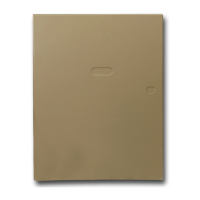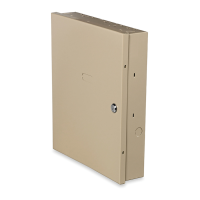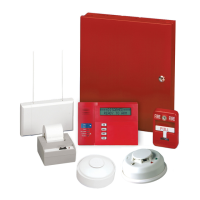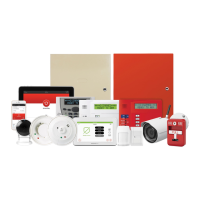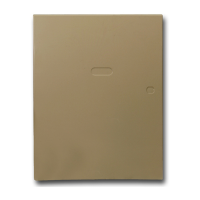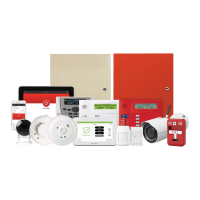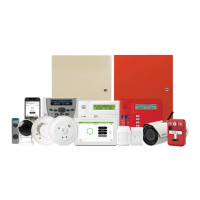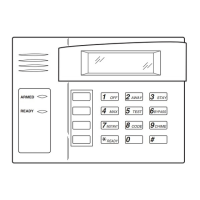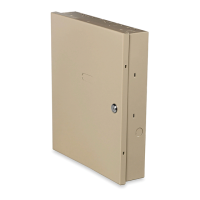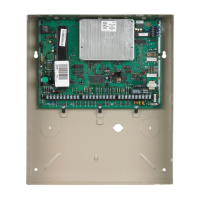
Do you have a question about the Honeywell VISTA-50P and is the answer not in the manual?
| Brand | Honeywell |
|---|---|
| Model | VISTA-50P |
| Category | Security System |
| Language | English |
Provides an overview of the VISTA-50P/VISTA-50PUL control panel and its features.
Details the key features of the VISTA-50P/VISTA-50PUL control panel.
Explains the concept of partitioning in the security system.
Outlines the basic steps for setting up a partitioned security system.
Describes the functionality and programming of common lobby partitions.
Provides instructions for mounting the control panel's cabinet.
Details the procedures for installing and addressing keypads.
Covers the installation of external sounders and alarm output supervision.
Explains how to connect the system to telephone lines.
Describes wiring procedures for various detection devices.
Details the installation of 2-wire smoke detectors on zone 1.
Provides instructions for installing 4-wire smoke detectors.
Covers the installation of Remote Polling Loop Module (RPM) devices.
Explains how to expand the system with wireless zones.
Details the installation of output devices like relays and X10 devices.
Provides guidance on connecting the system's power transformer.
Guides on calculating power supply load for system components.
Explains how to determine the correct standby battery capacity.
Describes the two main programming modes: Data Field and #93 Menu.
Details the procedures to enter and exit programming mode.
Explains how to navigate and use the Data Field Programming mode.
Lists zone numbers and their corresponding functions and types.
Defines the various zone response types and their applications.
Introduction to the data fields and their numerical order.
Explains the process of making entries for each data field.
Overview of the system's scheduling features for automation.
Details automatic arming of partitions based on time windows.
Explains automatic disarming of partitions based on time windows.
Defines time windows used for various scheduling functions.
Guides on using the #80 menu mode for scheduling.
Overview of remote access, programming, and control via downloading.
Steps and process for establishing a connection with a control panel.
Explains temporary downloading without a modem or phone line.
Importance of setting the real-time clock for event logging and scheduling.
Step-by-step instructions for setting the system's time and date.
Details on security access codes, user IDs, and Quick Arm feature.
Explains user code levels and their permitted system functions.
Procedure for adding new user access codes and assigning authority levels.
Describes the system's automatic battery testing procedures.
Explains how to program and perform dialer test reports.
Procedure for testing zones without triggering alarms.
Guides on performing system tests while armed.
Methods for testing wireless transmitters and RF signal strength.
Lists common system trouble messages and their meanings.
General UL requirements for installations.
Specific guidelines for UL609 Grade A mercantile installations.
Requirements for UL611/UL1610 central station burglary alarms.
FCC compliance statement for digital devices.
Canadian compliance statement for Class B digital apparatus.
Lists commands related to user code management.
Details commands used for system programming.
Lists commands specific to wireless system functions.
Technical specifications for the control panel.
Specifications for 6139 and 6160 remote keypads.
